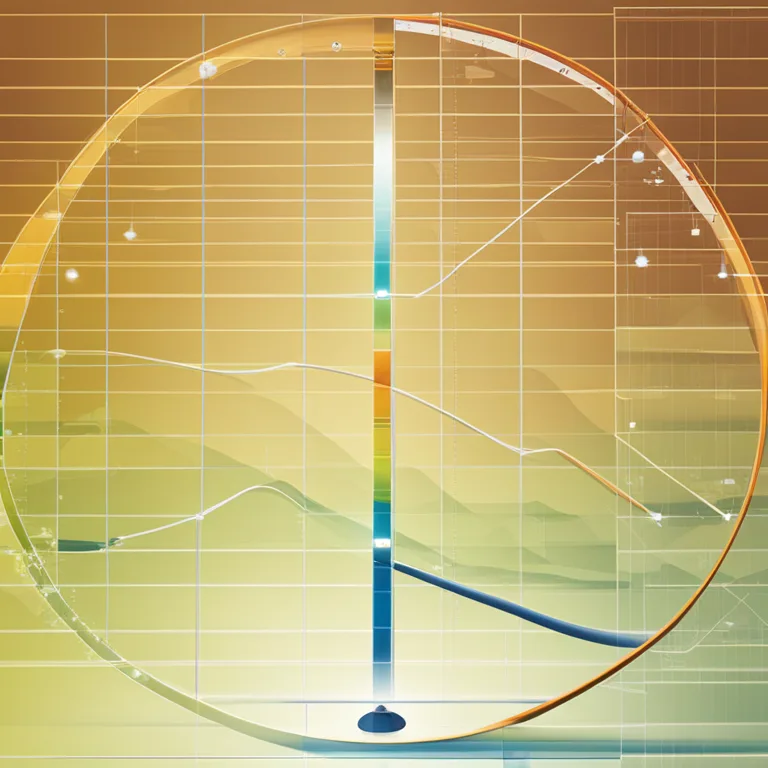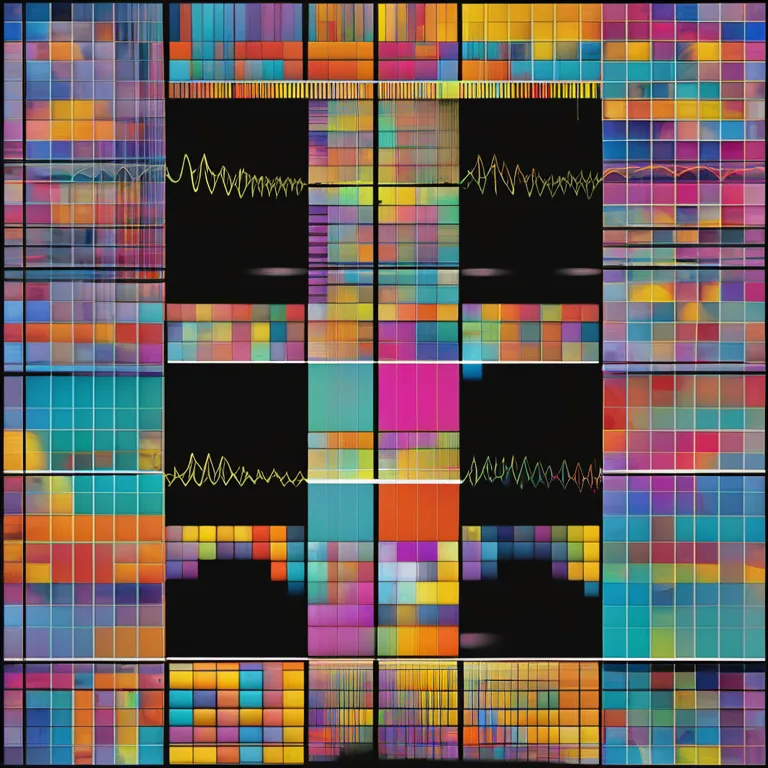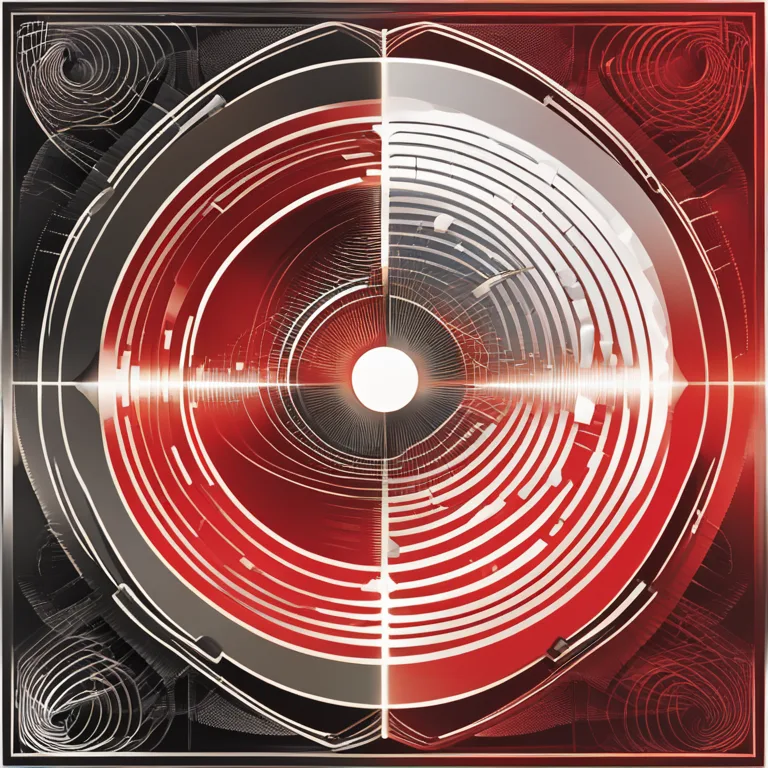
The Essence of Biorhythms: Patterns of Life
Explore the scientific and philosophical basis of biorhythms, understanding how they purport to predict the cycles of physical, emotional, and intellectual faculties.
article by Adrian Wallace
The Concept of Biorhythms
Biorhythms are a complex and fascinating field asserting that our lives are affected by natural physiological cycles. Historically, the idea gained popularity in the early 20th century, though its roots can be traced back to ancient Chinese concepts of cyclical patterns in the body and universe. Biorhythms are often presented as three primary cycles: the physical, emotional, and intellectual, each with its own distinct duration and pattern. Proponents of biorhythms suggest that by understanding these cycles, individuals can better plan and anticipate periods of high performance or vulnerability.

Biological Foundations
The principle of biorhythms is grounded in the belief that our daily lives are influenced by innate biological rhythms. The physical cycle, typically 23 days long, is said to impact one's strength, endurance, and vitality. The emotional cycle, with a span of 28 days, supposedly governs mood, creativity, and perceptual state. Lastly, the intellectual cycle, taking a 33-day course, purportedly affects cognitive functions and analytical abilities. Though scientific scrutiny has challenged these claims, the interest in biorhythms pervades, suggesting a longing to find patterns in human experiences.

Mathematical Predictions
By plotting these cycles graphically, enthusiasts believe they can predict fluctuations in well-being and performance. The visualizations often take the form of sine wave-like charts, mathematically calculated to represent the ebb and flow of each cycle's impact on the individual. These cycles are thought to begin from the date of birth, which means each person's biorhythmic chart is unique. While hard scientific evidence for biorhythms is limited, their appeal lies in the human desire to quantify life's inherent unpredictability.

Technological Advances
The digital age has seen an upsurge in interest for biorhythms, with smartphone apps and online calculators making it simpler for individuals to track their cycles. These tools often offer personalized readings with emphasis on the interplay between the different biorhythms, suggesting when a person might experience days of caution or optimal times for certain activities. As the technology evolves, it promises even greater accessibility to those wishing to explore the possible implications of these life rhythms.

Critical Perspectives and Modern Views
While biorhythm theory holds a certain romantic allure, the scientific community remains skeptical due to the lack of empirical evidence supporting these cycles' influence on life events. Critics argue that the theory is a pseudoscience, much like astrology, providing generalizations that could be seen as accurate due to their vague nature. Nonetheless, the modern fascination with self-quantification through biometrics and health tracking has provided a new context in which biorhythmic concepts might be reconsidered, blurring the lines between science, philosophy, and holistic wellness.
Integrating Biorhythms into Daily Life
For those who choose to incorporate biorhythms into their life planning, it is viewed as a tool for self-awareness. Believers claim that awareness of one's biorhythmic state can aid in making important life decisions, personal relationships, and health management. As with many holistic practices, the adoption of biorhythms is a personal choice that may offer psychological comfort or a sense of control, regardless of the debate over its scientific validity.
Published: 12/28/2023
Modified: 12/28/2023
More predictions
Come back here soon to learn more about yourself and your future


The Synergy of Biorhythm Compatibility
Delve into the intriguing concept of biorhythm compatibility to foster deeper connections and understand interpersonal dynamics.


Biorhythm Insights: Patterns of Life's Peaks and Valleys
Discover the intriguing concept of biorhythms and see practical examples of how these physiological cycles might influence our daily lives.


Biorhythm Love Compatibility Calculator: A Guide
Discover the secret to harmonious relationships with our Biorhythm Love Compatibility Calculator. Unlock the potential of emotional, physical, and intellectual synch.